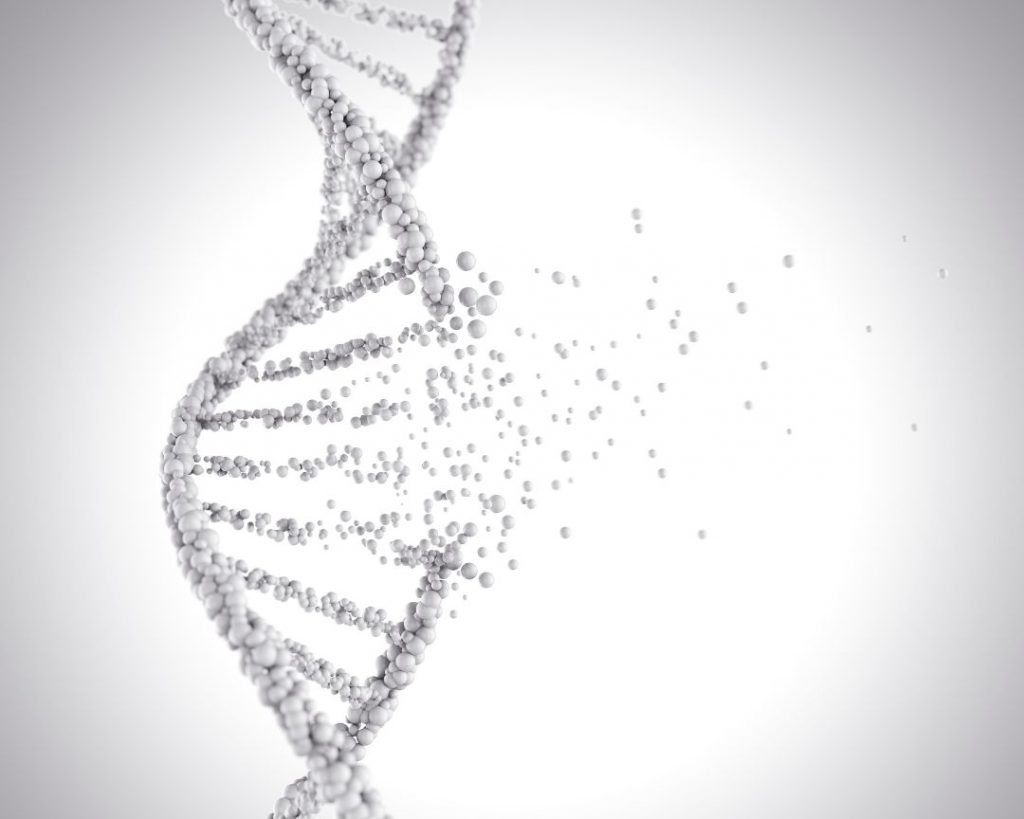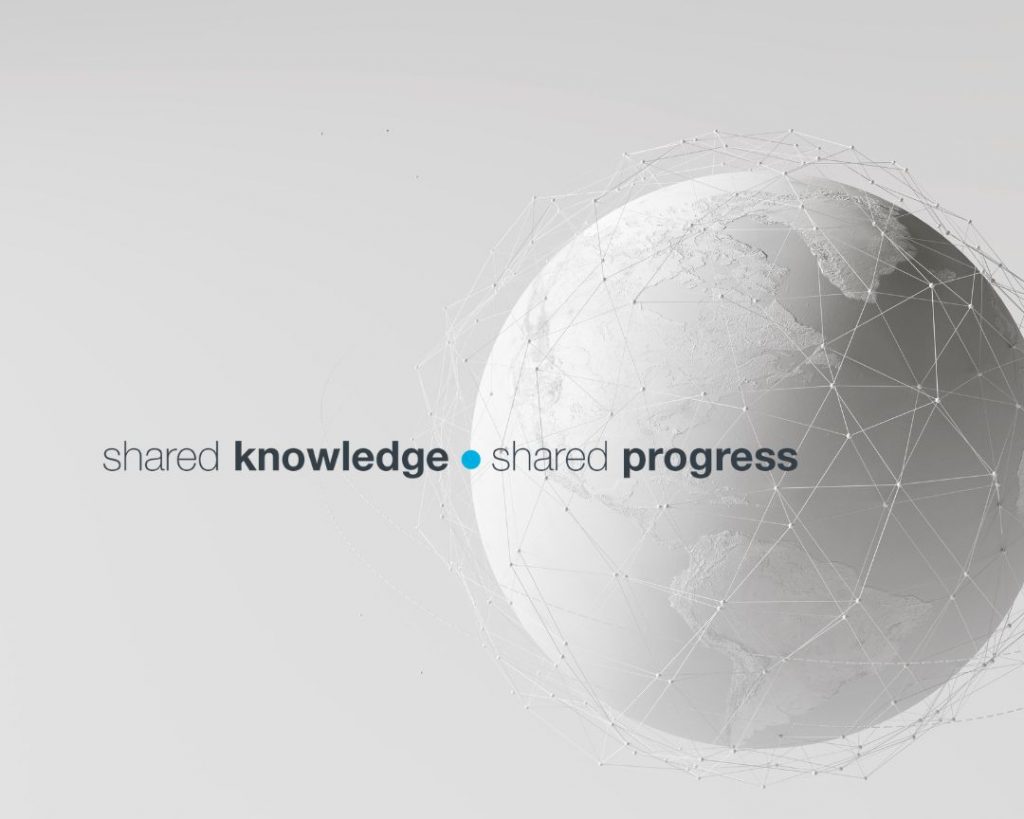How well do you know your synthetic process?
Unreported changes to synthetic processes lead to the surprise presence of nitrosamine impurities in marketed drug products. This discovery resulted in the recall of several hypertension, heartburn, and diabetes medications. The nitrosamines crisis While many impurities are introduced directly as reagents, potentially mutagenic impurities (PMIs) arising during manufacture can be harder to identify as they […]
How well do you know your synthetic process? Read More »










